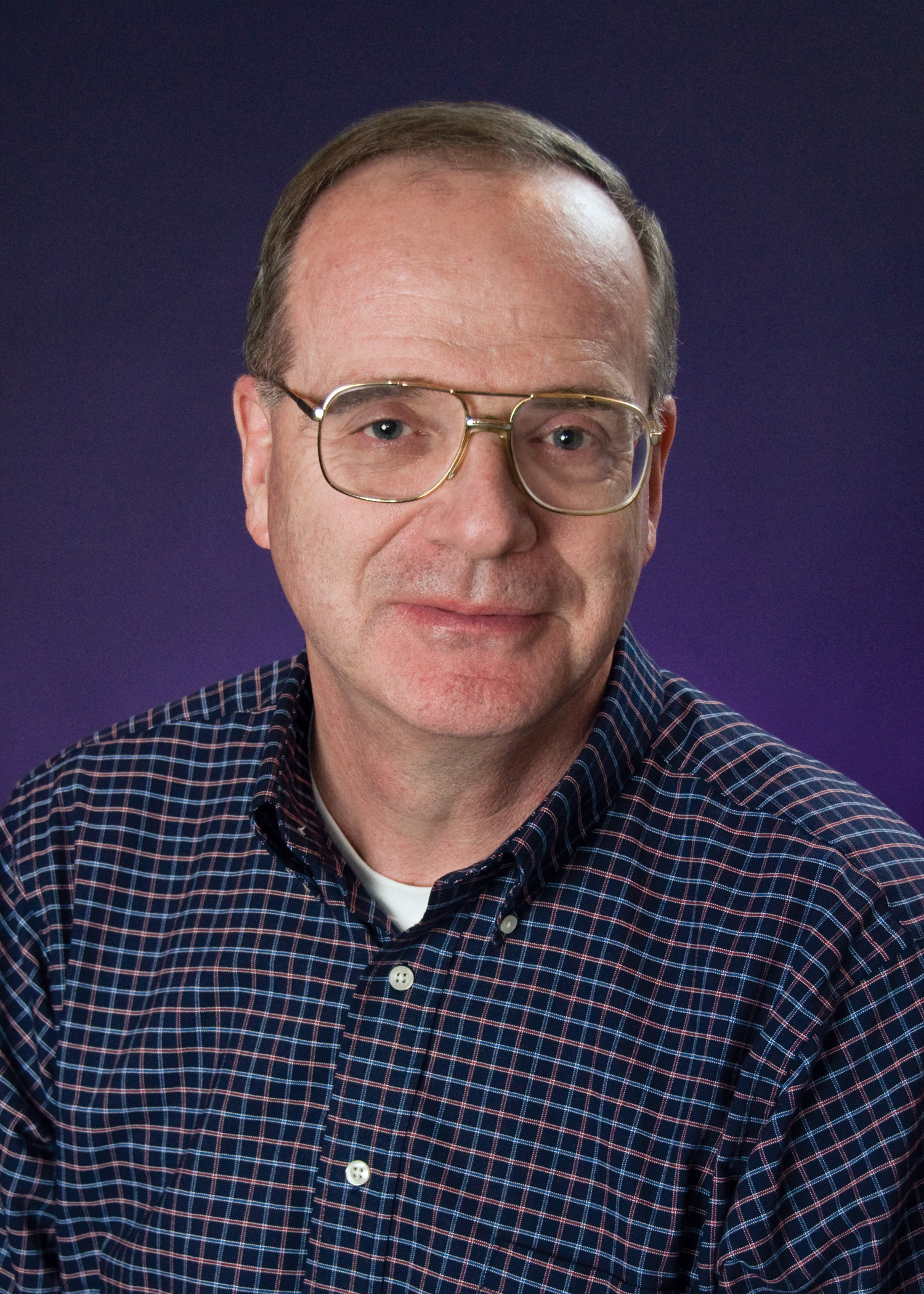Celebration of Scholars
Preparation of 1-Phenyl-3-(Trimethylstannyl)-1-Propanone: Synthesis of a New Organo-Tin Compound
 Name:
Walter Smith
Name:
Walter Smith
Department: Natural Science
Type of research: Independent research
Funding: SURE Summer 2012
 Name:
Jesse Wilson
Name:
Jesse Wilson
Major: Neuroscience
Hometown: Salem, WI
Faculty Sponsor:
Other Sponsors:
Type of research: Independent research
Funding: SURE Summer 2012
Abstract
The presence of nuclear-spin isotope effects can hypothesized by the observance of CIDNP--unexpected distribution of spin states in an NMR spectrum of a reacting system. When the organotin compound 1-phenyl-3-trimethylstannyl-1-propanone is photolyzed by ultraviolet radiation, it is expected the majority of the sample will recombine in such a way that favors isotopes with non-zero spins (because these isotopes have coupled magnetic dipoles due to their nuclear spin). CIDNP can be detected using NMR spectrometry, and inferred by the observation of the sample's selective enrichment with isotopes of non-zero spin. For this project, four synthetic routes to the proposed reactant molecule were tested: (a) synthesis using a hydride, and three using a phenyl Grignard to make (b) an ester, (c) a ketone from a nitrile, and (d) one using propiophenone. The route that uses propiophenone as the starting material is the most promising, but needs more work to complete the Grignard reaction.
Submit date: March 5, 2013, 2:14 p.m.
